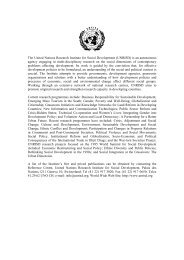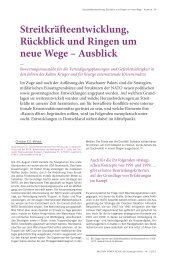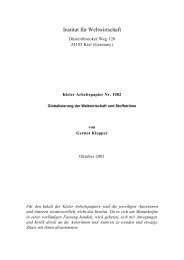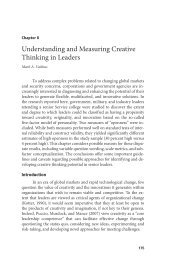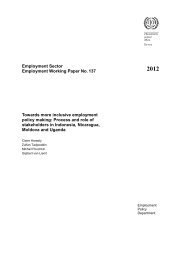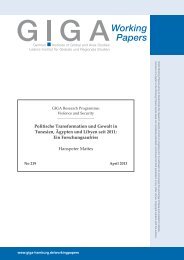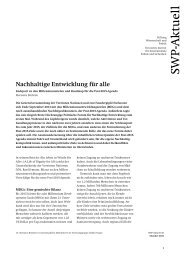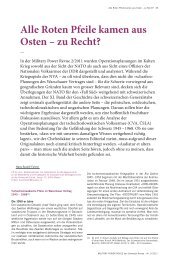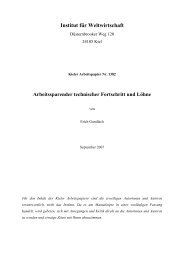Global Jihad: temi, piste di diffusione e il fenomeno del reducismo ...
Global Jihad: temi, piste di diffusione e il fenomeno del reducismo ...
Global Jihad: temi, piste di diffusione e il fenomeno del reducismo ...
You also want an ePaper? Increase the reach of your titles
YUMPU automatically turns print PDFs into web optimized ePapers that Google loves.
Islamists also viewed this collapse as a consequence of their contribution to the<br />
Soviet defeat in Afghanistan, and many Arab volunteers in that war sought to<br />
continue the momentum of their victory in other places. Hence, a pattern Islamist<br />
involvement emerged in various religious-national conflicts around the world:<br />
Bosnia, Albania, Kosovo, Chechnya, Dagestan, Macedonia, Kashmir, and elsewhere.<br />
The war in Iraq and the <strong>Jihad</strong>i insurgency that follows it, served also as a waking call<br />
for other <strong>di</strong>sputes, within the Muslim world itself, primar<strong>il</strong>y the Sunni-Shi`i one.<br />
Many observers have come to view this phenomenon of “Afghan Arabs,” “Arab<br />
Chechens,” or Arab volunteers in Iraq—what the Islamists call Ansar—as a kind of<br />
“Islamist Internacional,” sim<strong>il</strong>ar in many ways to the “International Brigades” of<br />
socialist and communist volunteers in the Spanish civ<strong>il</strong> war during the 1930s. <strong>Jihad</strong><br />
was no longer simply a matter of separate groups fighting to defeat the secular<br />
regimes in their homelands and to establish a “true” Islamic state; it has become a<br />
war against “Satanic” and “Crusader” forces worldwide. As the scope of nationalist<br />
and religious conflict expanded beyond the Israeli-Palestinian arena and into various<br />
parts of Europe and Asia, the center of Islamist struggle moved from the Arab world<br />
to the margins of the Middle East. From the Balkans to the Ph<strong>il</strong>ippines, Malaysia, and<br />
East Timor, the globalization of Islamist movements eventually consolidated in<br />
Afghanistan, the meeting point between Arab and Asian Islamists.<br />
This trend was compounded by two phenomena: the oppression that most Arab<br />
regimes brought to bear on various Islamist groups and in<strong>di</strong>viduals, and the growing<br />
Muslim population in the Western World, mainly in Europe and North-America.<br />
Many of the Islamists who survived persecution in their homelands were pushed to<br />
find refuge in “the lands of the enemy”, where they found democracy, liberal<br />
attitude, political asylum, freedom of activity and speech, and even citizenship. The<br />
growing Muslim population in these lands provided Islamists with a sympathetic<br />
environment for their political and religious rhetoric, fundraising efforts,<br />
publications, communications, recruitment, and so forth.<br />
57





